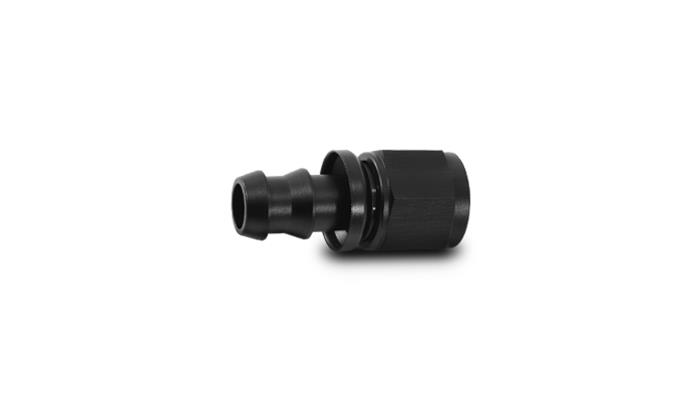There are several things in Cliff’s last post that warrant some response.
Firstly, if you’ve got Chinese VDO gauges, I think you’d find that midpoint on the gauge is probably more than 180°, but you really do need to check with them accurate temperature probe to verify (don’t use an infrared gun). 180° is actually perfect, and if your engine stays there under all load and ambient conditions, you don’t really need to do anything. But since the engine is installed in the speedster (and it likely is not a stock 1600), in all likelihood it will run hot at high speeds on a hot day. That’s just the nature of the beast.
It’s a common misconception that an expanded oil sump (by itself) will do anything regarding oil temperature control. An extended sump doesn’t cool anything, it just stores extra oil. I’m not sure how this idea got started, but adding cooling capacity is not what an extended sump is for. An extended sump is meant to keep the engine from running out of oil, during high-speed operation or otherwise.
It’s also meant to keep you from running out of oil with a properly installed remote oil cooler, which chews up about a quart of oil when it’s operational. Most thermostatic bypasses have a bleed function so that they oil cooler still full of oil even when it’s being bypassed, but it is important to keep in mind that there’s a lot of them oil moving around through various systems, and the engine does not have very much capacity to begin with. An extended some helps very much in that regard.
If you want to add additional oil cooling (and I think you do), you’ll need to add an auxiliary oil cooler. In my opinion, there’s no point in doing it without all of the attendant accessories: thermostatic bypass, thermostatically controlled auxiliary fan, etc. You’ll want to full-flow the engine, and at this point, you’ll want to add an oil filter.
None of this is a huge deal, but it’s a lot of different pieces, and there is a strong temptation to cheap out and skip some of it. Don’t. There’s nothing worse than taking something 75% of the way and getting 25% of the desired result.
Good luck.
















